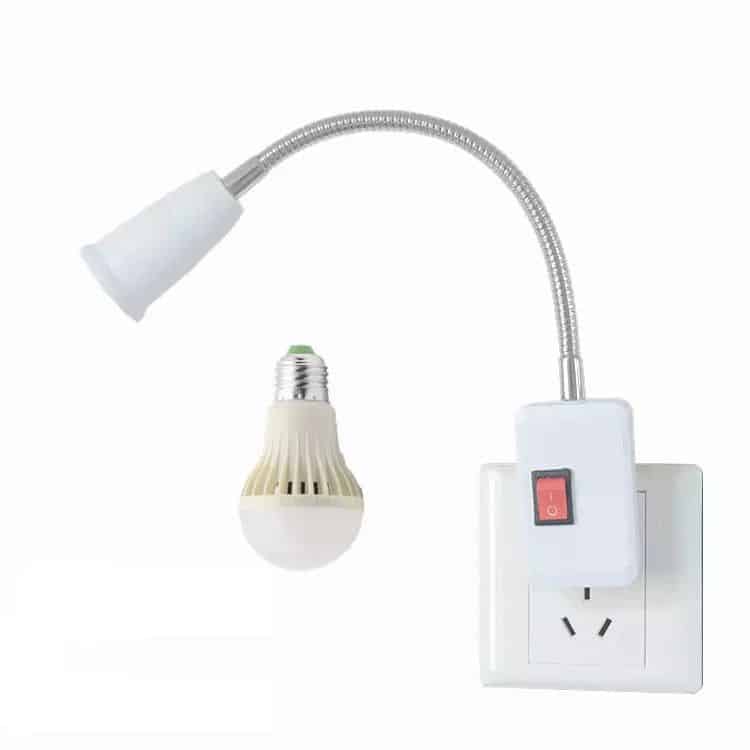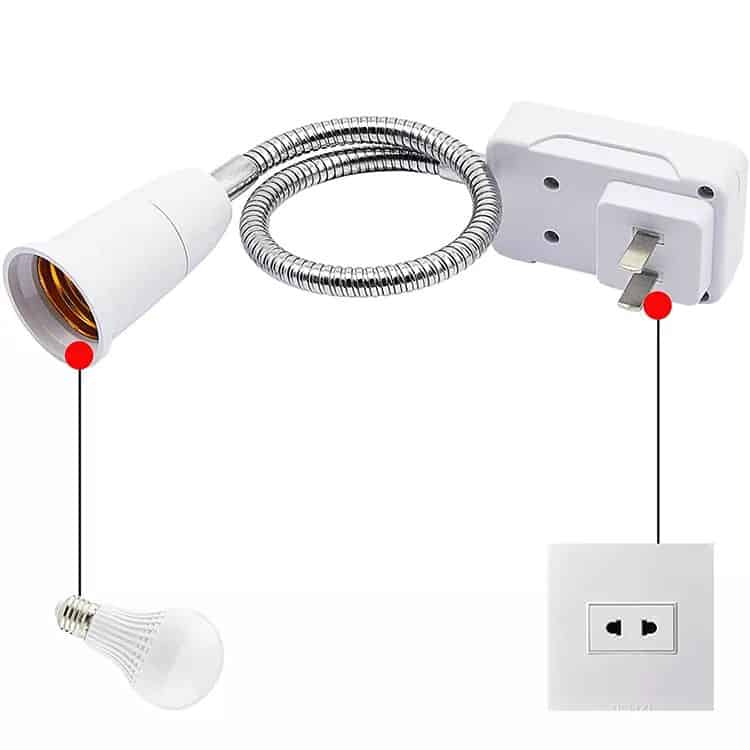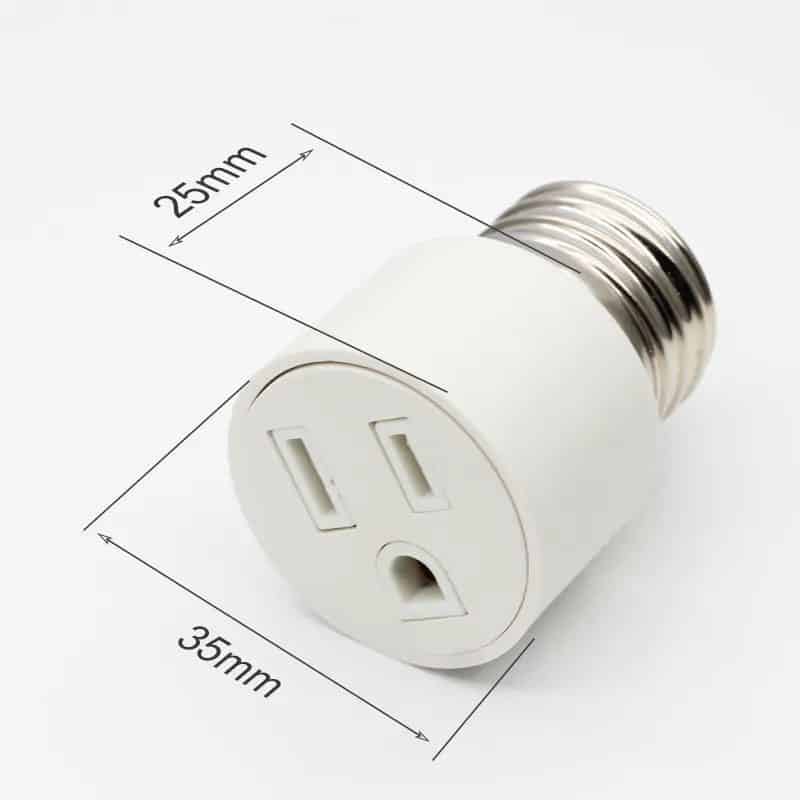A socket turning black when you plug something into it can be scary. It’s usually a sign of a bigger problem with your electrical system. If you ignore it, you could have a big problem like an electrical fire. Understanding what causes it and how to prevent it is important for keeping your house safe.
A socket typically turns black due to overheating, loose connections, or electrical arcing, all of which can cause burn marks or blackening around the socket. Immediate attention is needed to prevent further damage or safety hazards.
When you see a socket turning black, it’s important to figure out why. Electrical issues are not only a danger to your appliances, but they can also be a safety hazard for you. Understanding why this happens can help you take the right steps to fix it and prevent it from happening in the future.

Common Causes of a Socket Turning Black
One of the most common reasons a socket turns black is overheating. This often happens when high-powered devices are plugged in for extended periods. The constant flow of electricity can cause the wires inside the socket to heat up, which, over time, can lead to scorching or burning. In extreme cases, the heat can melt the plastic or leave visible black marks around the socket, indicating damage that needs to be addressed.
Another significant cause of socket blackening is loose connections. When a plug is not securely connected to the socket, it creates resistance, which can generate heat. This resistance often leads to electrical arcing, where electricity jumps between two points of contact. The result is high temperatures that can cause the socket to turn black as the material around it burns or chars. This can also be dangerous, as it increases the risk of short circuits and electrical fires.
Faulty wiring is another factor that can lead to a blackened socket. Poor wiring inside the socket or the home’s electrical system can cause the socket to overheat. If wires are frayed or improperly connected, they may not be able to handle the electrical load, causing them to overheat and potentially burn the socket. In older homes, outdated wiring systems are often the culprit, as they may not be equipped to handle modern electrical demands.
Signs of Electrical Arcing and Its Dangers
Electrical arcing is one of the most dangerous causes of a socket turning black. Arcing occurs when electricity flows through the air between two conductors, generating heat and sparks. This happens when there is a break or gap in the connection between the plug and the socket. Electrical arcing is not just harmful to your appliances but also poses a significant fire hazard.
The signs of electrical arcing are often visible. Black marks around the socket, melted plastic, or even a burnt smell are all indications that arcing has occurred. You may also hear crackling or buzzing sounds coming from the socket, which can signal that electricity is jumping across a gap. If you notice any of these signs, it is crucial to turn off the power immediately and stop using the socket.
Electrical arcing is dangerous because it can cause short circuits, damage electrical components, and start fires. If the socket continues to heat up without any action being taken, the risk of a fire increases significantly. Even if the arcing stops temporarily, the damage done to the socket can make it more vulnerable to future problems.

What to Do When You Notice a Blackened Socket
If you notice that a socket has turned black, the first thing you should do is turn off the power to that outlet. This step is essential to avoid any further electrical issues or potential fires. Most homes have a circuit breaker panel where you can shut off power to specific areas of the house. Locate the breaker for the affected socket and turn it off before proceeding.
Once the power is off, inspect the socket and plug for visible damage. If you see melted plastic, burn marks, or exposed wires, the socket is likely damaged beyond repair and will need to be replaced. In such cases, it is recommended to contact a licensed electrician to handle the repairs. Attempting to fix the problem yourself without the proper knowledge can lead to more serious electrical issues.
Calling a professional is often the safest course of action. Electricians have the tools and expertise to assess the damage, identify any underlying wiring problems, and ensure that your electrical system is safe. They can also help replace faulty sockets and install new ones that meet current safety standards.
How to Prevent Future Socket Blackening
To prevent a socket from turning black in the future, start by ensuring that plugs fit snugly into the socket. A loose connection can cause electrical arcing and overheating, so it’s important that the plug is secure. If you notice that plugs are consistently loose or wobbly in a socket, it may be time to replace the socket.
Another key preventive measure is avoiding circuit overloads. Overloading a circuit by plugging too many high-power devices into the same socket can lead to overheating. Use power strips with surge protectors, and ensure that each socket is only used for appliances that the circuit can safely handle. Distributing your electrical load evenly throughout your home can help prevent any one socket from being overburdened.
Regular electrical maintenance is also crucial for preventing future problems. Have your home’s wiring inspected by a professional every few years, especially if you live in an older house. Electricians can identify potential issues, such as faulty wiring or outdated systems, and make recommendations to keep your electrical system safe and efficient.

When to Replace a Socket
Sometimes, a blackened socket means it needs to be replaced. If the socket has visible burn marks, melted parts, or persistent issues like arcing, it’s no longer safe to use. In these cases, replacement is necessary to avoid further electrical problems. It’s important to choose the right type of socket for your appliances and ensure that it’s properly rated for the devices you plan to use.
When selecting a new socket, look for products that meet safety standards like CE (Conformité Européenne) in Europe or UL (Underwriters Laboratories) certification in the U.S. These certifications ensure that the socket is built to handle electrical loads safely and meets regulatory safety standards. Proper installation is also essential, so hiring an electrician to install the socket correctly can provide peace of mind and prevent future issues.
Final Words:
If a socket turns black, that’s a sign of a severe electrical problem like overheating, loose connections, or arcing electricity. If you see these signs, turn off the power and call a professional. Regular electrical maintenance and not overloading your circuits can also help prevent blackened plugs.













